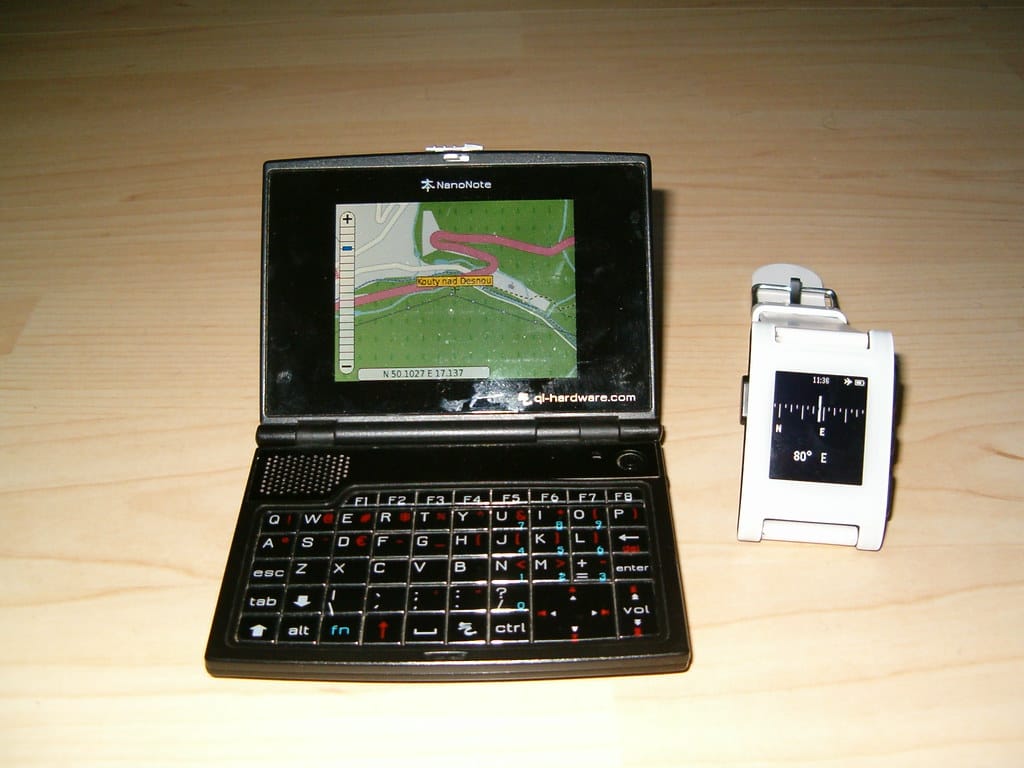Pebble Is Officially Pebble Again: The Beloved Smartwatch Brand Makes Its Comeback
After years of uncertainty and corporate ownership shuffles, Pebble—the pioneering smartwatch brand that captured hearts long before Apple Watch dominated wrists—has officially reclaimed its identity. The announcement marks a significant moment for tech enthusiasts who never forgot the scrappy startup that proved smartwatches could be both functional and affordable.
From Kickstarter Darling to Corporate Acquisition
Pebble's journey began as one of Kickstarter's greatest success stories. In 2012, the original Pebble smartwatch raised over $10 million in crowdfunding, smashing records and proving massive consumer appetite for wearable technology. The company went on to release several beloved models, including the Pebble Time and Pebble 2, building a devoted community of users who appreciated the devices' week-long battery life, always-on e-paper displays, and extensive customization options.
However, the competitive pressure from tech giants proved insurmountable. In December 2016, Fitbit acquired Pebble's assets for approximately $40 million—a fraction of the company's peak valuation. The acquisition left thousands of loyal users wondering about the future of their devices and the innovative platform they'd grown to love.
The Fitbit Years and Google's Shadow
Under Fitbit's ownership, the Pebble brand essentially went dormant. Fitbit focused on integrating Pebble's talented engineering team and software capabilities into their own ecosystem rather than continuing the Pebble product line. When Google acquired Fitbit in 2021 for $2.1 billion, Pebble seemed destined to remain a nostalgic footnote in smartwatch history.
During this period, the Pebble community refused to fade away. Dedicated developers maintained unofficial support through projects like Rebble, keeping Pebble devices functional even after official services were discontinued. This grassroots dedication demonstrated the unique loyalty Pebble had cultivated—something rare in the fast-moving consumer electronics space.
The Return: What Pebble's Revival Means
The official return of the Pebble brand represents more than just corporate restructuring—it's a validation of alternative approaches to wearable technology. While Apple and Samsung have dominated the premium smartwatch market with feature-rich devices that require daily charging, Pebble's philosophy emphasized simplicity, longevity, and user customization.
Early indications suggest the revived Pebble will stay true to its roots while incorporating modern improvements. Industry sources hint at enhanced connectivity options, improved build quality, and expanded health tracking capabilities—all while maintaining the signature e-paper display and impressive battery life that made Pebble special.
Market Opportunity in a Crowded Space
The smartwatch market has evolved dramatically since Pebble's heyday. Global smartwatch shipments reached 71.8 million units in 2023, with Apple commanding roughly 34% market share. However, this growth has also revealed gaps in the market that Pebble might exploit.
Many consumers remain frustrated with daily charging requirements and complex interfaces. A significant portion of potential smartwatch buyers are deterred by high prices, with premium models often costing $300-800. Pebble's return could address these pain points by offering a more accessible, user-friendly alternative that prioritizes essential features over bells and whistles.
Challenges Ahead
Despite the excitement surrounding Pebble's return, significant challenges loom. The company must navigate supply chain complexities, compete for developer attention in an ecosystem dominated by larger platforms, and prove that demand for their approach to smartwatches still exists in 2024.
Manufacturing costs have increased substantially since 2016, potentially impacting Pebble's ability to offer the aggressive pricing that once made their devices so appealing. Additionally, consumer expectations have evolved—features that seemed revolutionary on the original Pebble are now considered basic requirements.
The Verdict: A Welcome Return
Pebble's official return represents hope for diversity in the wearable technology space. While the road ahead won't be easy, the brand's resurrection demonstrates that innovative companies with strong community support can find new life even after seeming defeat.
For longtime Pebble enthusiasts, this announcement feels like reuniting with an old friend. For the broader tech industry, it's a reminder that success isn't always measured in market dominance—sometimes, it's about creating products that genuinely resonate with users' needs and values.
The smartwatch revolution that Pebble helped start continues, and now the original pioneer gets another chance to shape its future.
